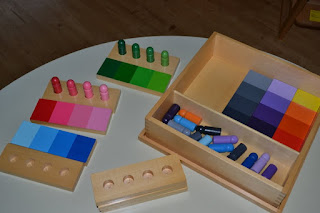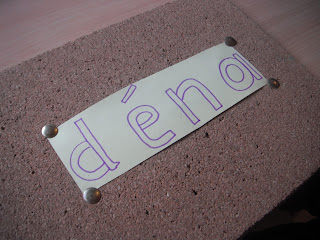We have had such wonderful weather here during our break! It felt a bit like summer... And this made me think about our outdoor facilities and what I really wanted to achieve. We have a wooden decking for the children to ride their bikes, cars and tractors on; gravel for them to dig and rake; grass for them to play around... We also have a swing. Great setting for plenty of physical exercise. But is this it?
No. I would like to have an outdoor playground open to discovery and learning. First of all, I need to use gardening as a vehicle for encouraging children to make good food choices, for building a love of nature through experiential learning. I also would love for our playground to encourage children to be creative and to use their imagination as much as possible.
So I have worked hard in the garden this week (with the help of my husband. Thinking of it, he may have worked even harder than me!! Bless him). Describing everything would take too long so I have divided this topic into several posts. This is the 1st one.
Over the past 2 years, children were introduced to life cycle in our preschool when planting their own seeds. Once the seeds had germinated, the children could bring their little plants home. I want to do more with them and this is why this year we have planted lots of various seeds: running beans (see previous post), sunflowers, strawberries, pumpkins and courgettes. I looked after them over the last 2 weeks and they have grown so quickly on my window sills. I was amazed!
I want the children to see their vegetables grow in the preschool garden, look after them and eventually bring home some of their harvest. I have planted those who were ready for the outdoor. We will plant the rest of them together over the next few weeks.
I will teach the children the different parts of a plant/flower once we are back to work. And tomorrow, once I have taken a few more pictures, I will write part 2 and 3 and this post. Keep in touch!





















































